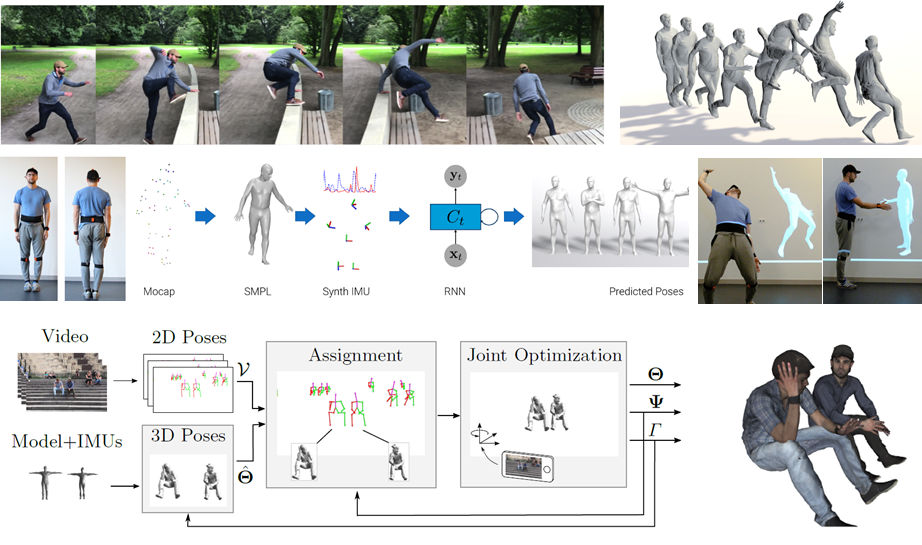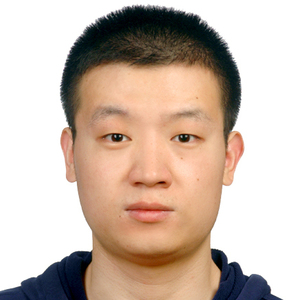Human Pose, Shape and Action
3D Pose from Images
2D Pose from Images
Beyond Motion Capture
Action and Behavior
Body Perception
Body Applications
Pose and Motion Priors
Clothing Models (2011-2015)
Reflectance Filtering
Learning on Manifolds
Markerless Animal Motion Capture
Multi-Camera Capture
2D Pose from Optical Flow
Body Perception
Neural Prosthetics and Decoding
Part-based Body Models
Intrinsic Depth
Lie Bodies
Layers, Time and Segmentation
Understanding Action Recognition (JHMDB)
Intrinsic Video
Intrinsic Images
Action Recognition with Tracking
Neural Control of Grasping
Flowing Puppets
Faces
Deformable Structures
Model-based Anthropometry
Modeling 3D Human Breathing
Optical flow in the LGN
FlowCap
Smooth Loops from Unconstrained Video
PCA Flow
Efficient and Scalable Inference
Motion Blur in Layers
Facade Segmentation
Smooth Metric Learning
Robust PCA
3D Recognition
Object Detection
IMU-based Human Motion Capture Systems

Marker-based optical motion capture (mocap) systems are intrusive and restrict motions to controlled laboratory spaces. Therefore, simple daily activities like biking, or having coffee with friends cannot be recorded with such systems. To address this, and record human motion in everyday natural situations, we develop novel systems based on Inertial Measurement Units (IMUs), that can track the human pose without cameras, making them more suitable for outdoor recordings.
Existing commercial IMU systems require a considerable number of sensors, worn on the body or attached to a suit. These are cumbersome and expensive. To make full-body IMU capture more practical, we developed Sparse Inertial Poser (SIP) [], which recovers the full 3D human pose from orientation and acceleration measrued by only 6 IMUs attached to the wrists, lower legs, waist and head. This setup is a minimally intrusive solution to capture human activities.
SIP gives an offline, non-intrusive, mocap system that can be used in unconstrained settings of daily life, but the method does not run in real time. In Deep Inertial Poser (DIP) [], we go beyond the accuracy of SIP and further make it real time. To this end, we synthesize a large IMU dataset from motion capture data and leverage that to learn a deep recurrent regressor that produces SMPL pose parameters in real time from 6 IMU sensor recordings.
While portable, IMU systems are prone to drift. To address this we combine IMUs with a moving camera and current 2D pose-detection methods. Our VIP system [] solves for the body movements that match the IMU data and project into the image to match 2D joints. Using VIP, we collected the 3DPW dataset, that includes videos of humans in challenging scenes with accurate 3D parameters that will provide the means to quantitatively evaluate monocular methods in difficult scenes.
Members
Publications


